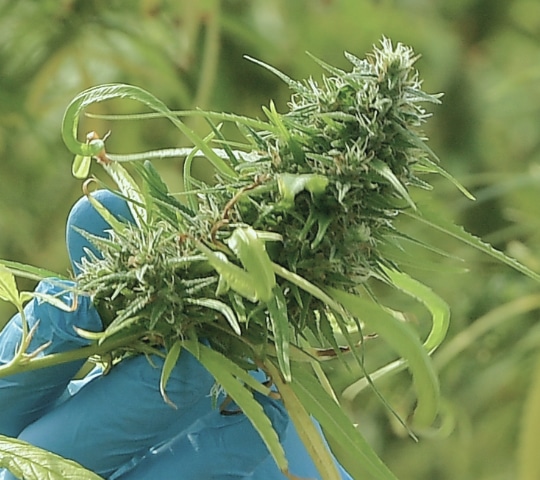Auto Liability
Owned auto insurance provides first-party property damage coverage for your vehicle and bodily injury coverage to uninsured or underinsured motorists. HNOA includes coverage for third-party property damage and bodily insuring resulting from accidents during your business.
Who is Auto Liability Insurance for?
If you have an Owned Fleet, this coverage will protect your company from liability resulting from property damage or bodily injury to another party during your business activity. Owned auto coverage will provide first-party property damage coverage for your auto. It also offers first-party coverage for uninsured or underinsured motorists. This helps protect your vehicle against another party not paying for their share of the accident. First-party coverage is critical in states with contributory negligence laws where a party is legally liable for the accident if you are even 1% at fault.
HNOA provides coverage for third-party property damage and bodily injury resulting from accidents during your business. If your company has a hired non-owned fleet, you would not have insurable interest for first-party coverage. This includes vehicles your business rents and your employees’ personal vehicles used for work errands or business. Again, this coverage is only in force during your business’s work, so coverage would not be afforded during commutes or personal errands during business hours. It will also not pay for physical damage to the non-owned auto.
Delivery Companies
If your company owns or operates vehicles in your business, you will need some auto liability coverage. Most states require minimum limits for each vehicle in use. Still, the minimum coverage is not advisable since bodily injury claims can increase exponentially since medical costs in America are so inflated.
Distribution Companies
Again, any company that operates vehicles as a part of regular business operations needs this coverage.
Courier Services
Pickup and delivery services that provide speedy and efficient support for cannabis companies need auto liability coverage.
Why you need
Auto Liability Insurance?
Covers employees’ vehicles during business use
Protects employees from costly liability claims
Provides medical payments

60
A vehicle accident happens every 60 seconds in the US, and many involve delivery drivers.
11%
The number of bodily injury claims due to vehicle accidents increases by 11% annually.
48
Forty-eight states have insurance requirements, and state officials often prescribe minimum limits. Depending on your state, those limits may not be sufficient.
What does Auto Liability
Insurance cover?
Auto liability insurance provides first- and third-party coverage, including property damage or bodily injury from vehicle accidents during the course of business.

What Auto Liability Does Not Cover
What Auto Liability Does Not Cover
Auto Liability Insurance
Claim Examples?
Underinsured Vehicle Accident
You own and operate a fleet of autos in your business. One of your drivers is out making a delivery run and gets rear-ended by another driver. The other driver does not carry adequate limits, and the accident will cost more than the other insurance will pay. If you carry first-party coverage and UM/UIM coverage, you may have additional recourse under your owned auto policy.
HNOA Case
Your company operates hired/non-owned autos in your business. A driver is making a delivery and rear-ends another driver in an intersection. Your HNOA policy would respond to cover the physical damage to the other vehicle and bodily injury to the delivery driver and third party. Still, it would not provide physical damage coverage for the non-owned auto in your fleet.
Vehicle Accident
A CEO using her personal vehicle to drive to a board meeting and collides with another vehicle along the way.
Auto Liability FAQ’s?
As with most commercial insurance policies, the cost of Auto Liability Insurance depends on several factors. Here are some of the main points that insurance carriers consider when calculating your premium:
- Hired: Cost of hire
- Non-owned: Number of employees and location
- Miles driven
- Radius of driving
- Frequency of driving